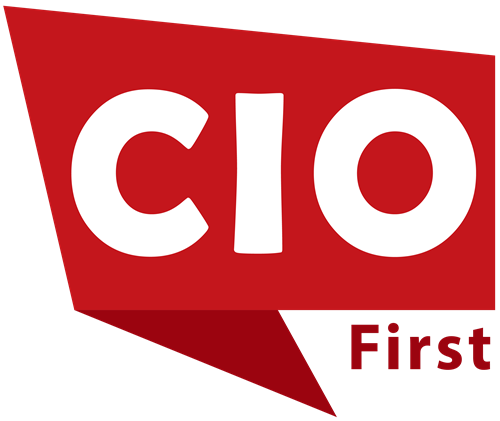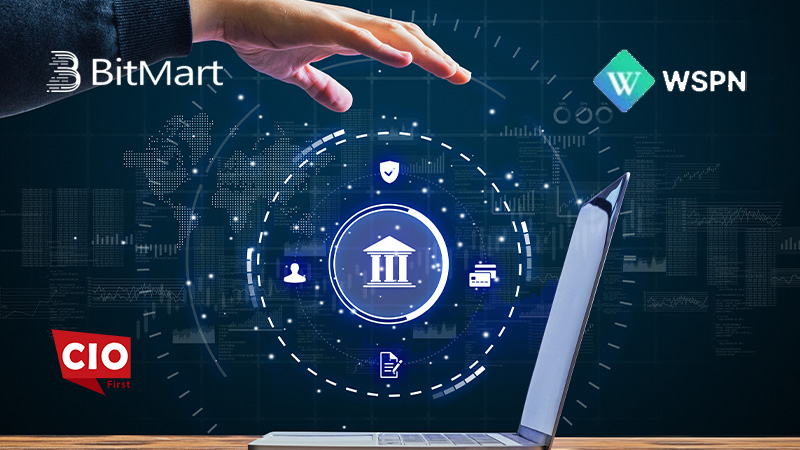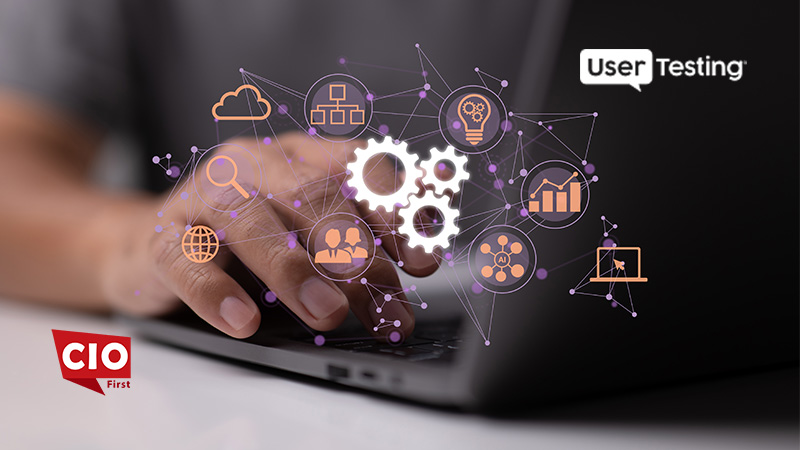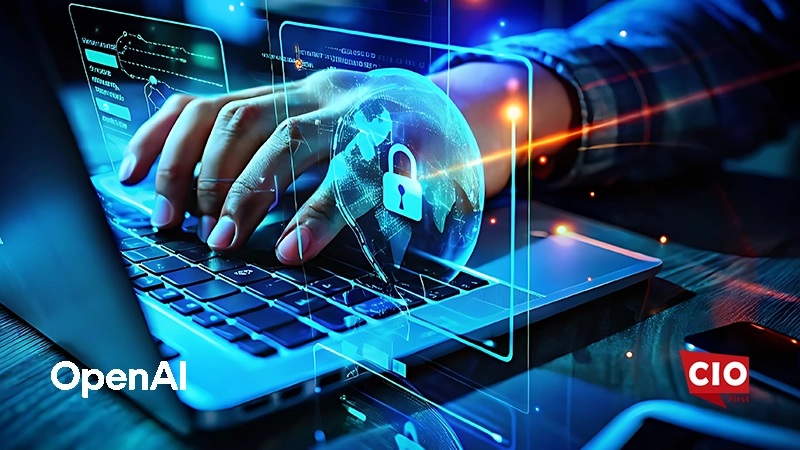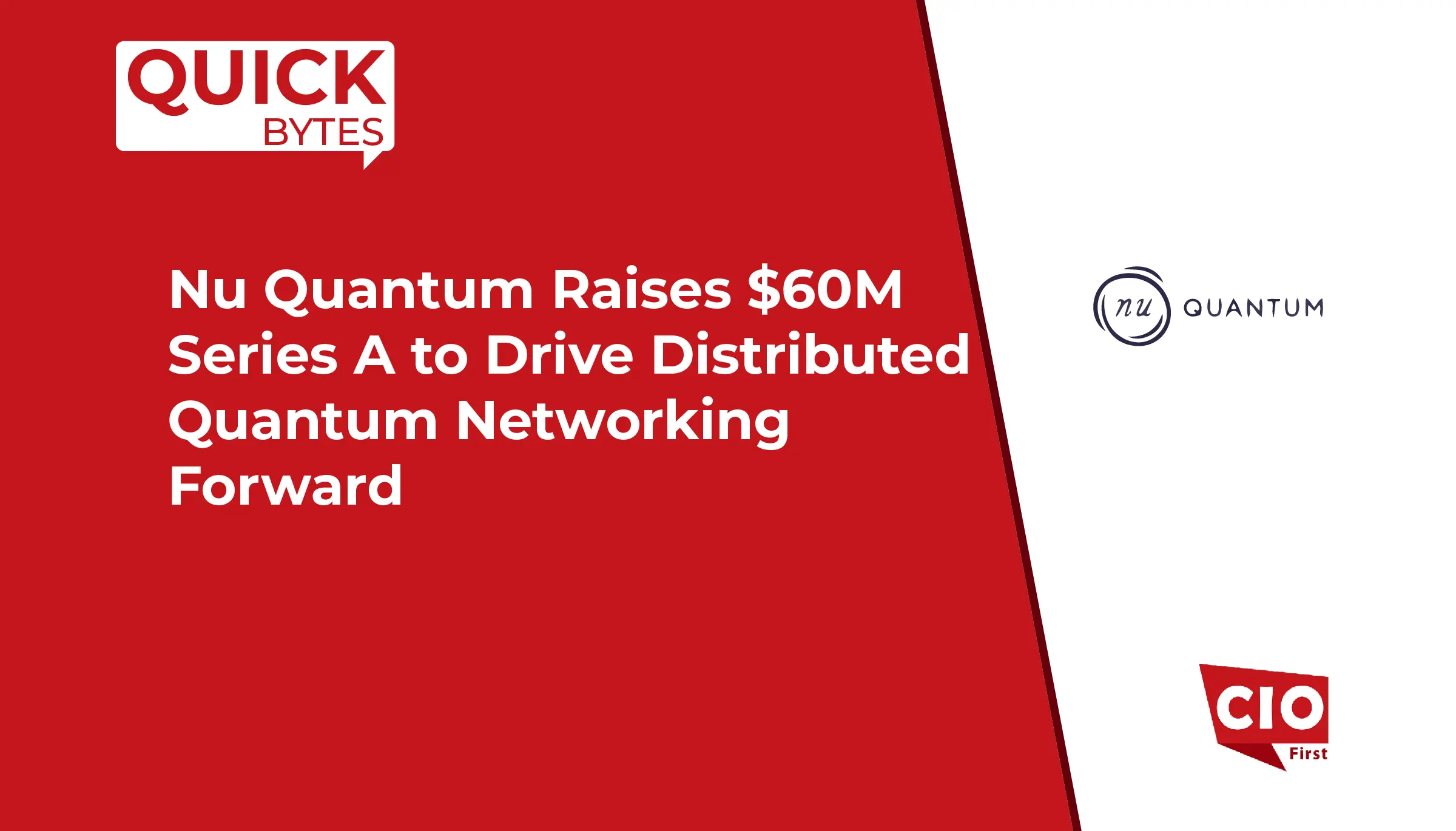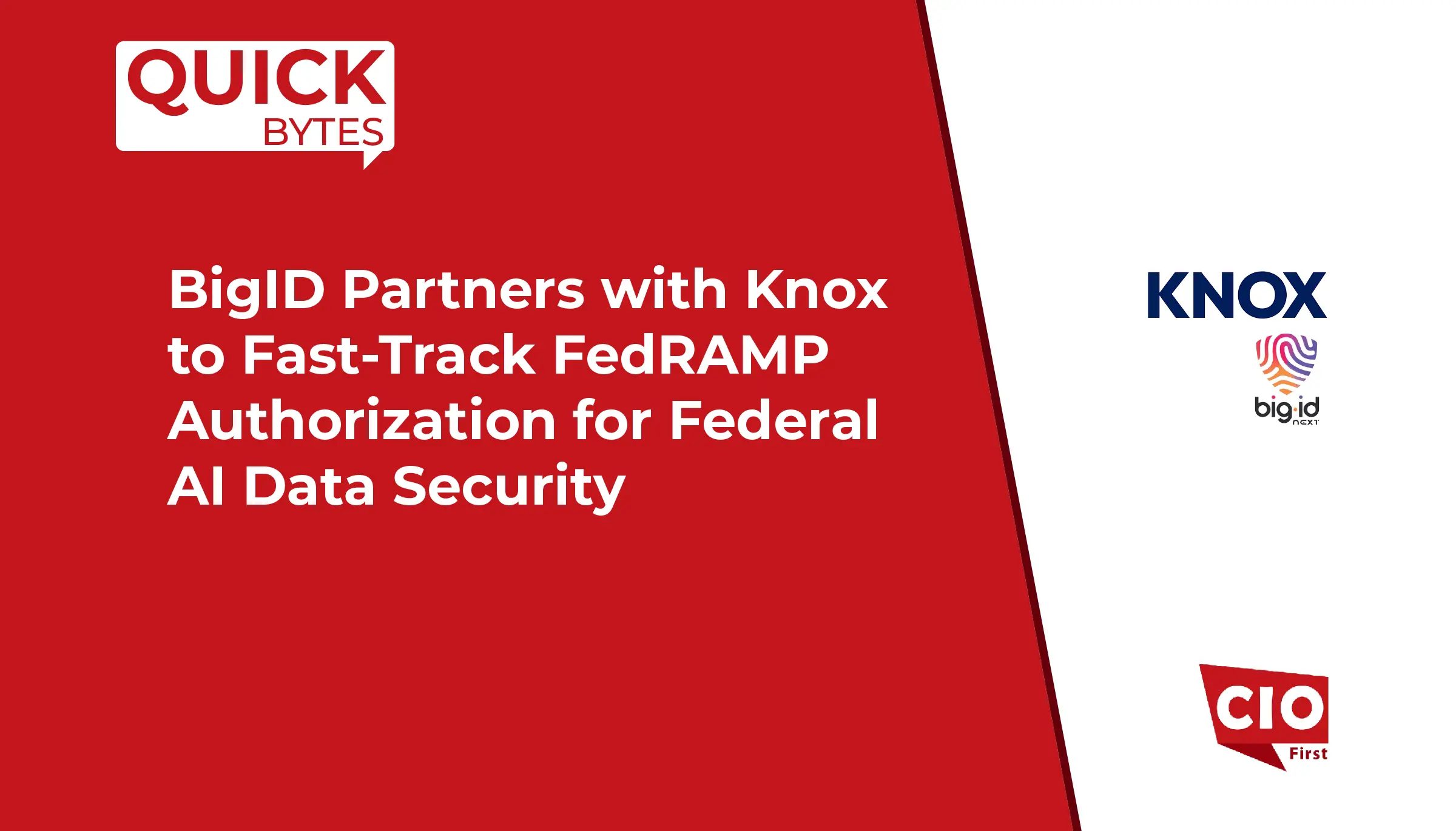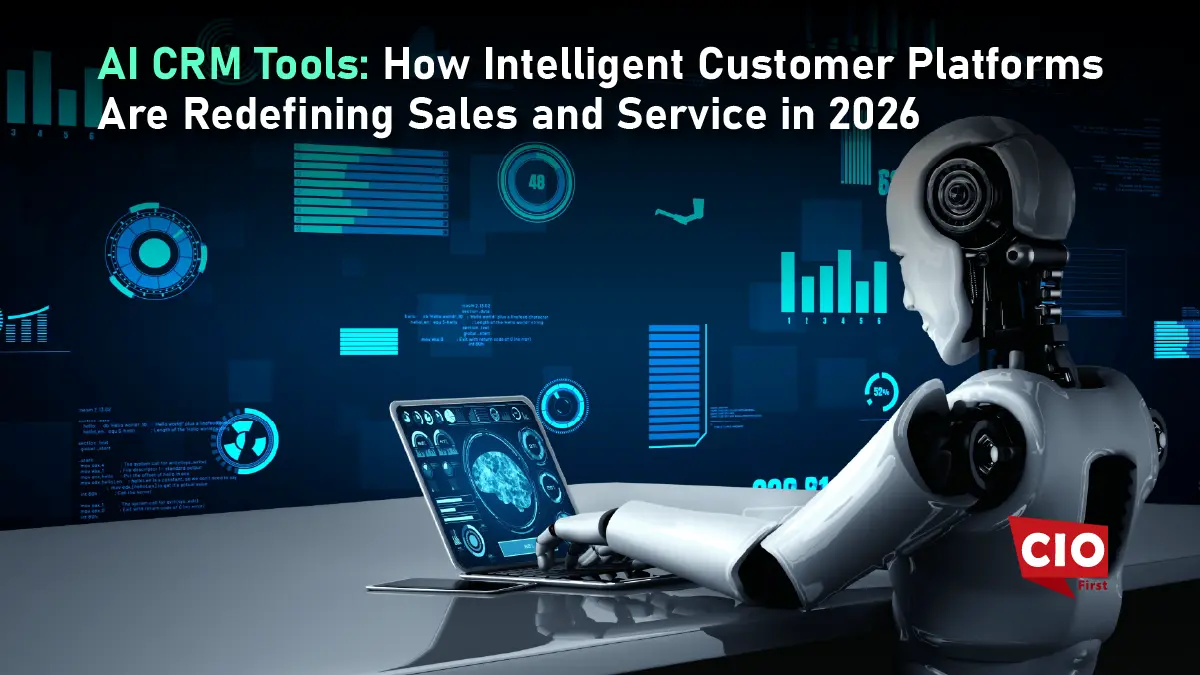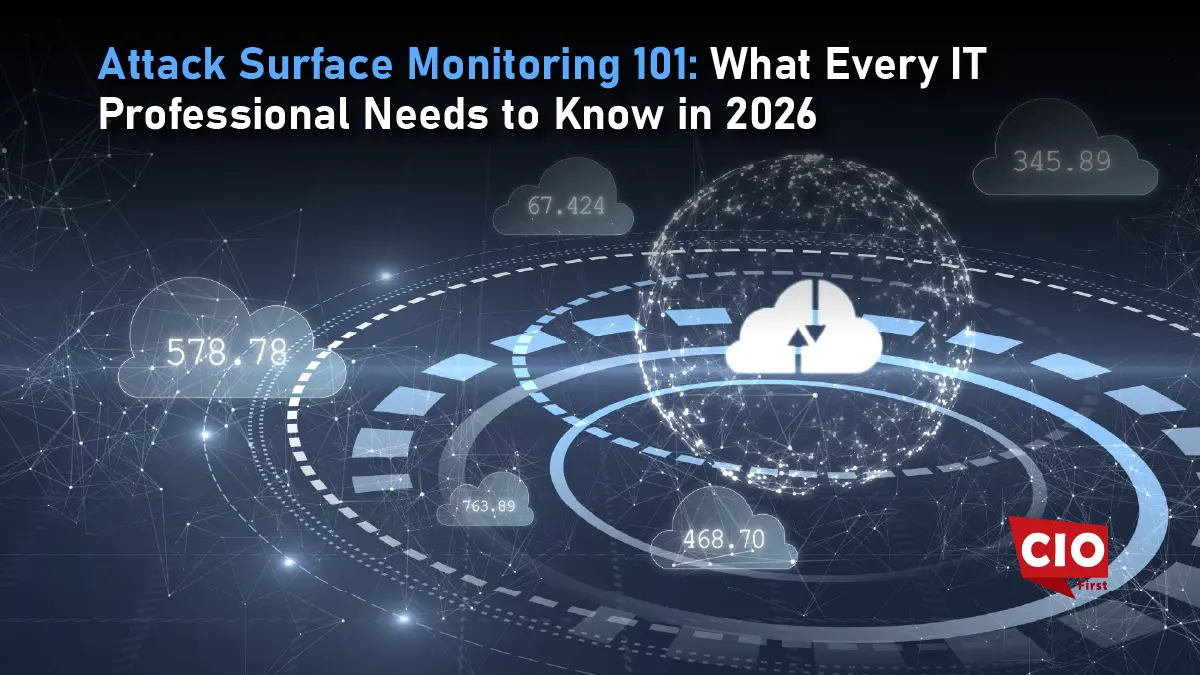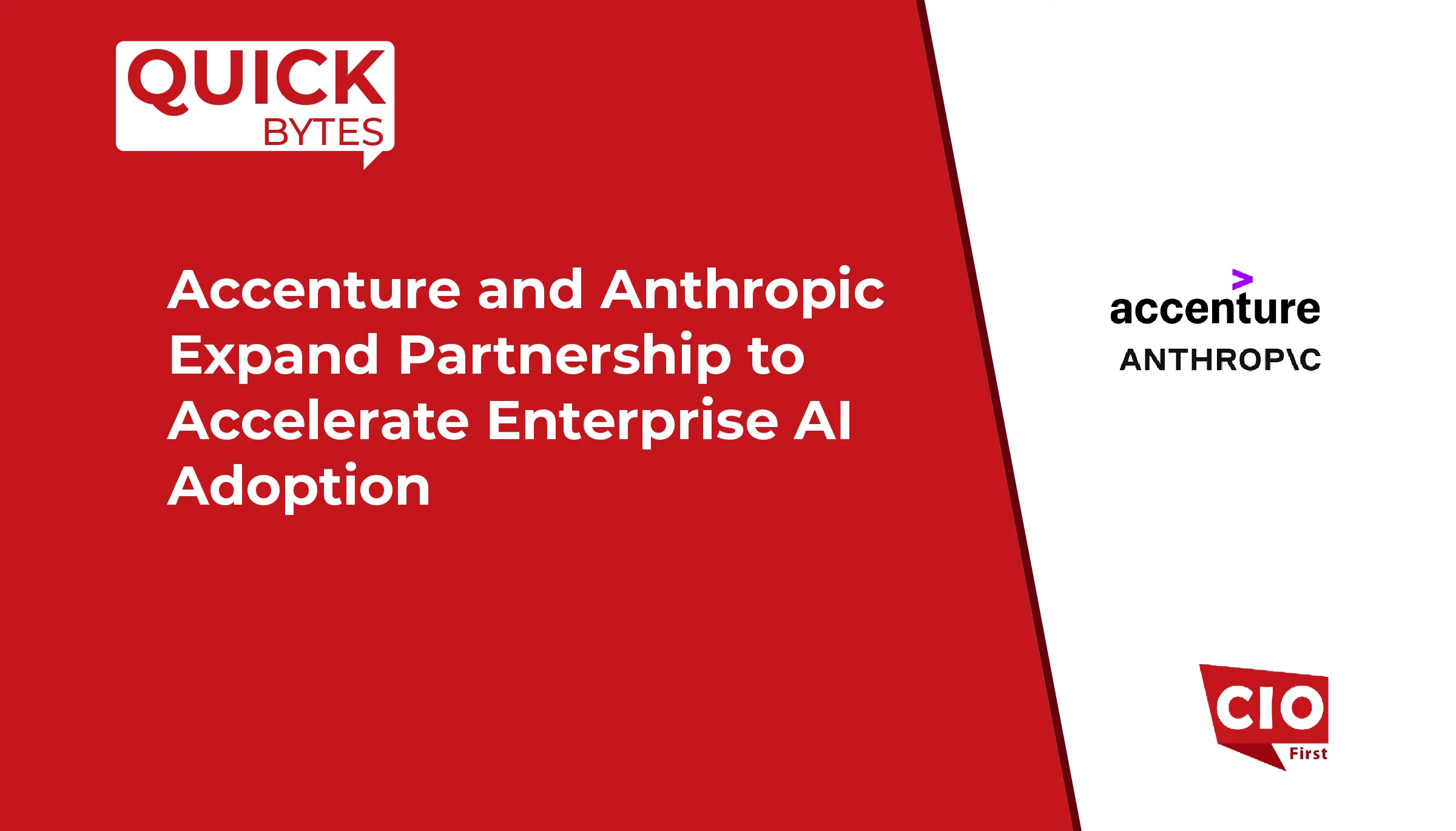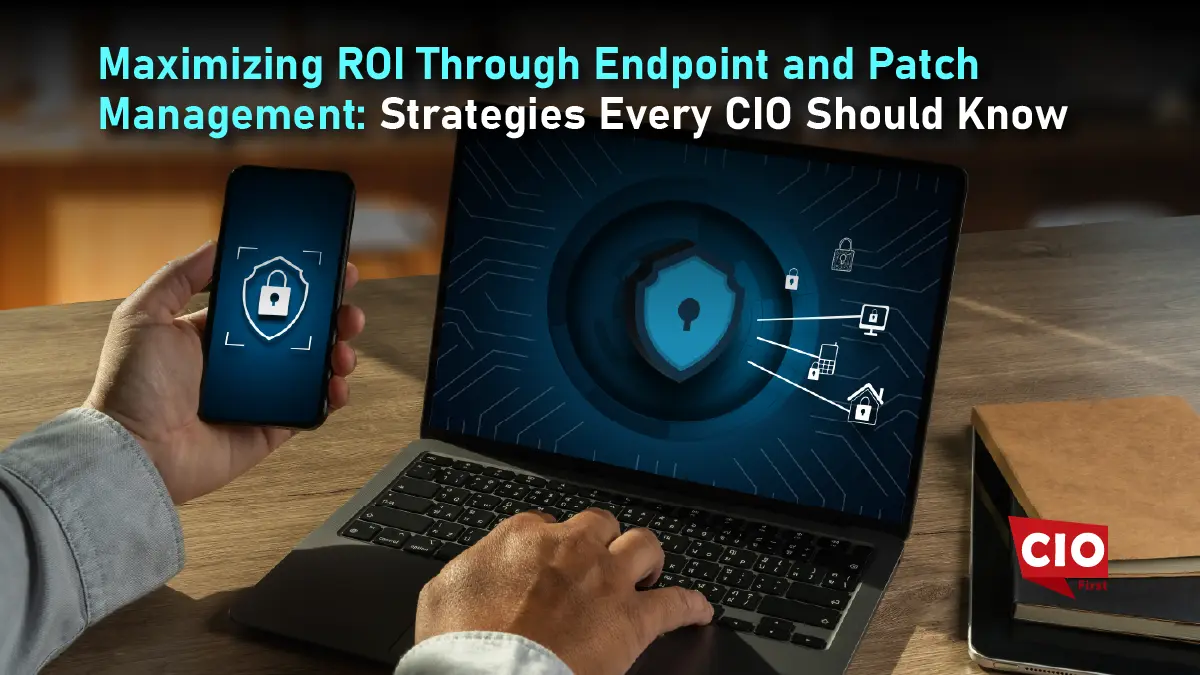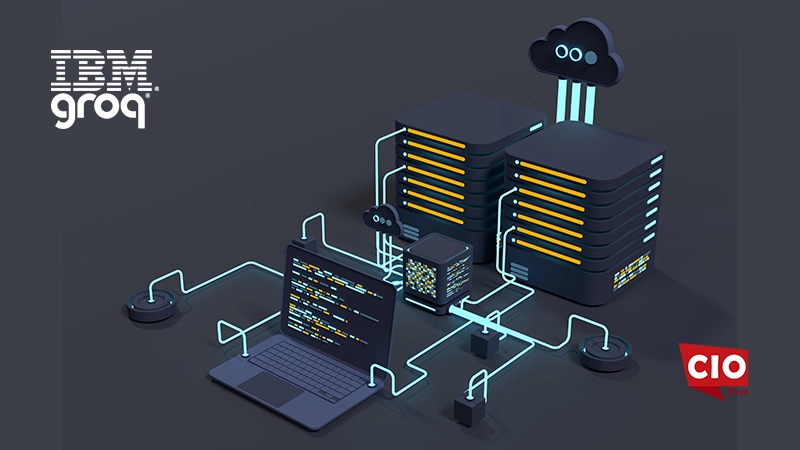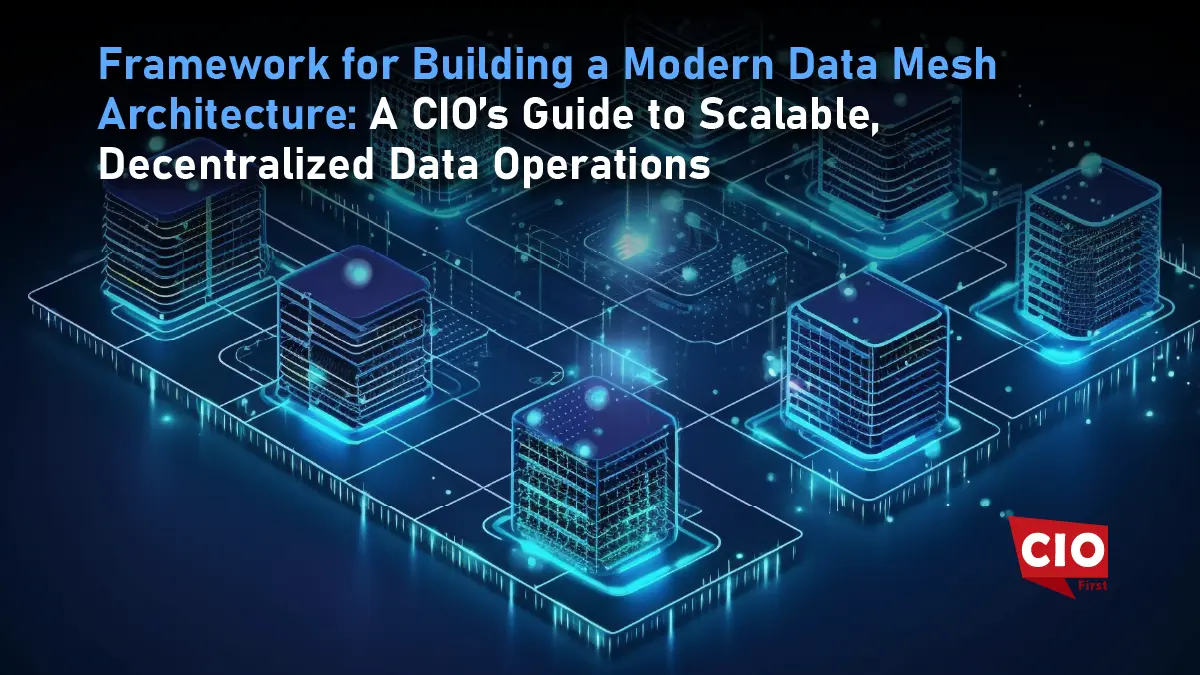Every unpatched endpoint is a ticking bomb. IT leaders are under constant pressure because one missed update can turn into a major breach, shut down operations, trigger fines, and destroy customer trust and boards are watching every slip.
Patch management is often dismissed as a routine IT task but the reality is it is the first line of defense against attacks that can cost millions and bring business to a halt. With remote work, every laptop, phone, and hybrid device adds to the attack surface and every delay in updating them increases risk.
The more endpoints you have, the bigger the problem if patching is not systematic and monitored. Done right, patch management and endpoint management do more than secure systems. The costs incurred and the lack of compliance with incident management validate the fact that incident management improves the strength of the organization. Ignoring it is not an option. It is a business risk waiting to happen.
The Hidden Cost of Neglect in Patch Management and Endpoint Management
Every delay in patching leaves doors wide open for attackers. There’s a reason CISA maintains a Known Exploited Vulnerabilities Catalog. It tracks vulnerabilities actively targeted by cybercriminals, underscoring that time really is of the essence. Zero-day exploits are widely reported but the N-day vulnerabilities are the ones that silently cause destruction in the majority of companies. The delay in installing a patch not only increases your attack surface but it also makes it easier for a hacker looking for an opportunity to break in.
Beyond the obvious security risk, patch management is no longer just an IT chore. Compliance frameworks now treat it as a legal obligation. Falling behind on updates can expose organizations to fines, audit failures, or even legal consequences. Effective patch management demonstrates governance and due diligence, shifting it from a background task to a board-level necessity.
Operational stability is another often-overlooked casualty. Systems that miss critical updates are prone to crashes, blue screens, and performance slowdowns. Teams spend hours troubleshooting issues that could have been prevented, productivity takes a hit, and the business drags along unnecessary costs. Google’s Cloud Threat Horizons Report H2 2025 drives the point home, noting that timely patching is the most effective defense against remote code execution attacks targeting unpatched systems.
Also Read: The Best AI Productivity Tools for Remote Teams in 2025
In short, patch management and endpoint management are not just about security, they are about keeping your business running smoothly, staying compliant, and avoiding costs that nobody wants to explain to the board. Delaying patches is no longer an option, it’s a risk you can’t afford.
Maximizing ROI and the Business Benefits of Patch Management
CIOs often see patch management as a cost center, but the truth is it’s one of the highest-return investments in IT. Every patch applied on time directly reduces the risk of costly incidents. Microsoft’s Digital Defense Report 2025 drives this home: they process over 100 trillion signals daily, block 4.5 million new malware attempts, and analyze 38 million identity risk detections. The extent of the threat is incredible, nevertheless, a properly managed patching process will transform possible disorder into controllable risk, stopping attacks before they get to the main systems. The less number of breaches, the lesser the expenses on forensics, containment, and recovery which signifies that every cent spent on endpoint and patch management will be rewarded many times over.
The benefits go beyond dollars. Reputation and trust, though harder to measure, are still very important. The mere absence of a high-profile breach does not only maintain customers’ trust but also reassures investors and the brand’s reputation stays unscathed. When situations are perfectly in order and security problems are unusual, the higher management can rest more comfortably as the firm is not seen as an easy target for the hackers. Patch management turns from a technological chore into a proclamation of stability and commercial development.
To track success, CIOs need clear metrics. Patch Success Rate shows how efficiently updates are applied. Time to Patch (TTP) highlights responsiveness to threats. Vulnerability Density measures exposure per endpoint, and Audit Pass Rate reflects compliance health. Monitoring these KPIs consistently ensures that the program delivers both security and measurable business value.
Ultimately, robust patch and endpoint management transforms from a line-item expense into a strategic lever. It reduces operational risk, cuts incident costs, and strengthens trust with every stakeholder. For CIOs, this is not just IT hygiene; it is a clear path to tangible and intangible ROI, proving that proactive security investment is smarter than reactive firefighting.
Strategic Best Practices for Implementation in Patch Management

Patch management only works if people actually follow a plan and know what they are supposed to do, otherwise it becomes a bunch of random tasks and someone’s problem to fix when something goes wrong. ISO/IEC TS 9569:2023 is basically a guide that tells you what proper patch management should look like, what standards you should hit, and why it matters. If you have a policy in place it actually makes patching strategic, not just something people scramble to do when they get a notice or a ticket and it stops being this constant fire drill where no one really knows if the work is effective.
Centralization and automation are absolutely necessary, you cannot run patching from different tools, scripts, spreadsheets and emails all at once, it just falls apart. A single platform where you can see every endpoint and push updates consistently is how things scale. Automation helps make it faster, reduces mistakes, and ensures the really risky systems, especially the ones facing the public internet, get patched first. Not every patch matters equally so figuring out which ones need attention first saves time and prevents bigger problems later.
Testing patches is something you cannot skip. If you push something live without trying it on a smaller group first you can break apps, crash systems, and frustrate everyone who has to use them. Run patches on a pilot group, find what fails, fix it, then roll it out to everyone else. Security and operations teams need to work together on this constantly so patches protect systems without causing new problems.
Remote endpoints are another mess. Devices are everywhere, often disconnected, sometimes using different networks, and VPN-less patching is becoming a requirement. You cannot secure what you cannot see so inventory management and knowing exactly what devices exist and where they are is critical, otherwise one machine becomes the weak point and could bring everything down.
In the end patch management works if it is planned, monitored, and continuously adjusted. Clear policy, automation, testing, keeping track of remote devices, all of this turns patching from a tedious IT task into something that actually protects the business, keeps systems running, and helps meet compliance requirements.
Sustaining a Security Culture

Patch management and keeping endpoints under control is not something you do once and forget about, it is something you have to do constantly because every device that is not patched or monitored is a hole that can be exploited and it only takes one to bring down systems or compromise sensitive data, and the cost of that can be enormous, not just in dollars but in reputation and trust. Good endpoint hygiene connects directly to risk, compliance, and even ROI because if you are on top of updates, you reduce incidents, you reduce downtime, audits are easier, and the business can run without constant firefighting.
The numbers make you sit up and pay attention. Cisco’s Cybersecurity Readiness Index 2025 says only four percent of organizations worldwide are at a mature level where they can actually withstand today’s threats, which means 96 percent are exposed, reactive, constantly chasing problems instead of preventing them, and for a CIO that has to be a board-level concern, not some side project that gets ignored until something breaks. Continuous monitoring, constant review, reporting, and making patch and endpoint management visible to leadership is the only way to make sure the business is actually protected instead of hoping for the best.
After all, the secure endpoint is more than a security measure; it is the basis of all the company’s plans and activities because digital transformation, growth, innovation, and trust of all kinds rely on systems that are safe and sound. If you come to the point of needing to choose between speed and safety, investing in endpoint hygiene and patch management will provide you with the necessary protection for your business, your people, and your brand.
